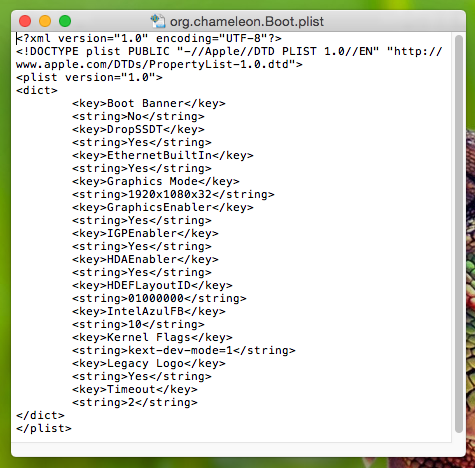Install Boot Usb Yosemite Chameleon
Mac OS X 10.10 – Yosemite – was launched on 17 October 2014. Apple Mac OS users who want to install OS X 10.10 Yosemite on their machines and are facing issues installing the operating system for the first time on their Macs can follow a simple step-by-step guide to perform a manual install of Yosemite using Disk Utility. Before we begin the detailed process of clean installing OS X Yosemite on Macs, there are a few things you'll need to do first. Supported OS X Yosemite devices and first steps a) Ensure your Mac is compatible with OS X Yosemite. These are the supported devices: • iMac (Mid 2007 or newer) • MacBook (Late 2008 Aluminium, or Early 2009 or newer) • MacBook Pro (Mid/Late 2007 or newer) • MacBook Air (Late 2008 or newer) • Mac mini (Early 2009 or newer) • Mac Pro (Early 2008 or newer) • Xserve (Early 2009) b) Back up important data and settings (photos, videos, music files, documents and the like) on your Mac to an external hard drive. You can do this by using the Time Machine feature in Mac OS X, or third-party software such as.

C) Create a bootable USB flash drive with a storage size of at least 8GB. D) from the Mac App Store and save it to the Applications folder – its default location. How to Create Bootable USB Flash Drive. How to clean install Mac OS X Yosemite using USB. IStock First, create bootable USB flash drive.
Create a Chameleon Boot USB Drive. Create a Chameleon Boot USB Drive; How To Install Chameleon. Using Chameleon as your bootloader, you can boot an infinite. Use Disk Utility to manually create a bootable OS X Yosemite installer on just. Lifewire Disk Utility Can. With the file name Install OS X Yosemite. Uff wait. Spiderwick Chronicles Ps2 Iso Download on this page. now first upgrade dp2 and after try to install genericusb. Ok.Chris.now listen me. I have an important suggestion to give to you, I think you need to enter in the post-installation also kext usb, you can do it? Chris1111 likes this.
Here is how you do it,: • Plug in your USB drive into the computer and open Disk Utility (in Applications). • Select the USB drive from the left sidebar and click on Erase tab. Java Read Usb Serial Port. • Choose Mac OS Extended (Journaled) in the format box and let the name be Untitled (default). • Now click on Erase button and wait until the format process completes.